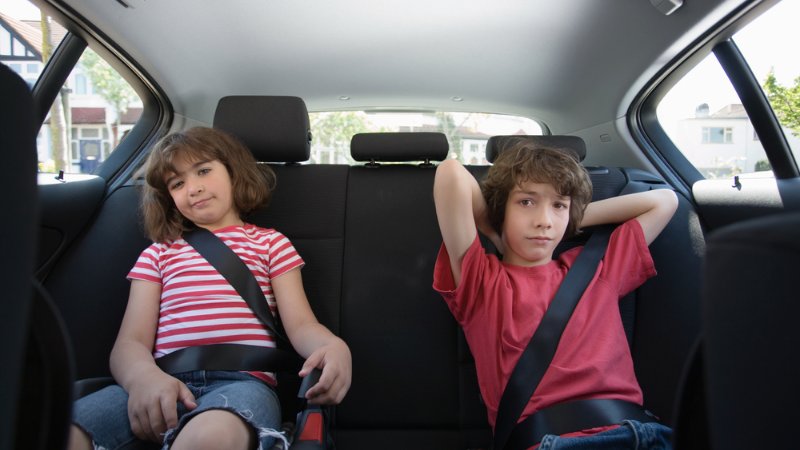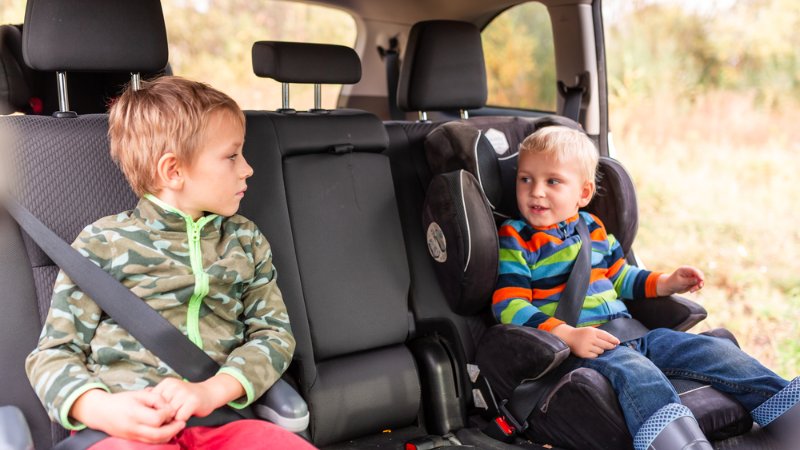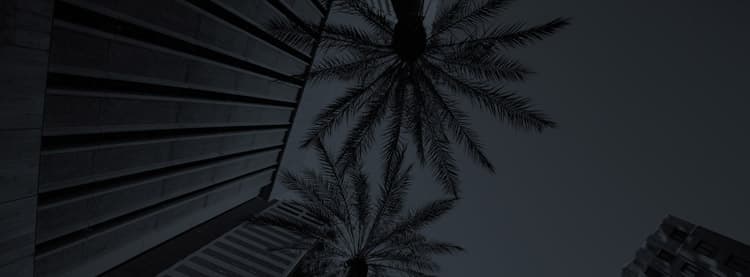Nearly half of all children who died in car crashes in 2021, 40%, were unrestrained at the time of collision. When your child has outgrown a car seat but is not quite ready for a seat belt alone, it is time for a booster seat. Learning more about backless booster seat requirements in AZ can help you comply with Arizona law, and more importantly, keep your child safe.
What Are General Backless Booster Seat Requirements in AZ?

According to the city of Maricopa, a child cannot transition from a car seat to a booster seat until reaching at least the age of 4. You must use both a lap belt and a shoulder belt to restrain a child in a booster seat; you cannot use a lap belt alone. If your car only has lap belts in the back seat, you can ask the dealership to install shoulder belts for you so your child can use a booster seat.
When your child has reached a height of at least 4 feet, 9 inches and is at least 8 years old, backless booster seat requirements in Arizona state you can discontinue the booster seat. At that point, your child can sit in the back with just a seat belt. However, your child should not sit in the front seat until age 13.
When Should a Child Move to a Backless Booster?
The law allows children between the ages of 4 and 8 to sit in booster seats rather than car seats when riding in a vehicle. However, the law does not say that children must start sitting in booster seats at age 4. Instead, transitioning to a backless booster seat occurs when your child has outgrown the car seat’s height and weight requirements.
Similarly, backless booster seat requirements in Arizona do not state that children can automatically discontinue booster seats at age 8. The requirement is that your child must be at least 8 years old and at least 4 feet, 9 inches tall. In other words, if your child has reached the age of 8 but has not yet grown to the required height, a booster seat is still necessary.
What Does a Booster Seat Do?
A booster seat does not restrain your child. Its purpose is to position young children so that lap-and-shoulder belts fit across their chests and over their hips. The seat belt does the restraining; the booster seat merely allows the seat belt to fit over the stronger parts of the body so that it can work safely and effectively.
What Is the Difference Between a Backless Booster and a High-Back Booster Seat?

Booster seats are available in both high-back and backless varieties. Backless booster seat requirements in Arizona are the same as high-back booster seat requirements under the law. Both work the same way to keep children safe by positioning them so that seat belts fit to keep your child safe in the event of an accident.
The difference is that a high-back booster seat supports the child’s head and neck. If your vehicle lacks headrests or has low seat backs, a high-back booster seat provides your child more comfort. However, if your vehicle has high seat backs or headrests, a backless booster seat is more appropriate because the back can support your child’s head and neck.
When you use a backless booster seat, the headrest should be higher than the top of your child’s head when the child is sitting in the booster seat.
How Do You Choose a Backless Booster Seat?
Booster seats do not require a tight installation like car seats. The combination of your child’s weight and the seat belt holds them in place. Nevertheless, you need to test out the booster seat first to ensure it fits in your vehicle, following backless booster seat requirements in Arizona.
Before buying, you should sit your child in the booster seat to make sure that the headrest extends past the top of the child’s head and that the seat belt fits snugly over the child’s chest and hips. The belt should not rest over the child’s stomach. If it does, the booster seat does not meet the requirements, and you need to find a new one. Once your child is secure, you may need to adjust the headrest for a more comfortable position.
Once you find a booster seat that works in your vehicle, use it along with the seat belt whenever your child rides in your car.
What Do You Do After Buying a Backless Booster Seat?

Before using a backless booster seat in your vehicle, read the instructions that come with it. It is also a good idea to review the section on child restraint systems in your vehicle owner’s manual.
There are car seat inspection stations located throughout Maricopa County. You can take the booster seat to one of these locations to have it inspected to ensure it follows backless booster seat requirements in Arizona and get help using it correctly from certified technicians.
Once you have purchased your booster seat, register it with the manufacturer. Registering your booster seat will give you information about safety notices and recalls, if applicable. If there is a recall, the manufacturer will provide you with information on how to return or exchange the booster seat.
If you are in a collision with another vehicle while your child is a passenger, you should purchase a new car seat or booster seat afterward. The force of the collision can damage these safety devices.
What if You Observe Backless Booster Seat Requirements in AZ, but Your Child Is Injured Anyway?
Observing requirements for backless booster seats in AZ reduces the chances of your child sustaining an injury in a car crash but does not eliminate the risk. Sometimes, the booster seats themselves are defective. If your child became injured in a car crash or due to negligence in manufacturing a booster seat, contact us at Sargon Law Group for a free consultation with our Phoenix car accident attorney.
